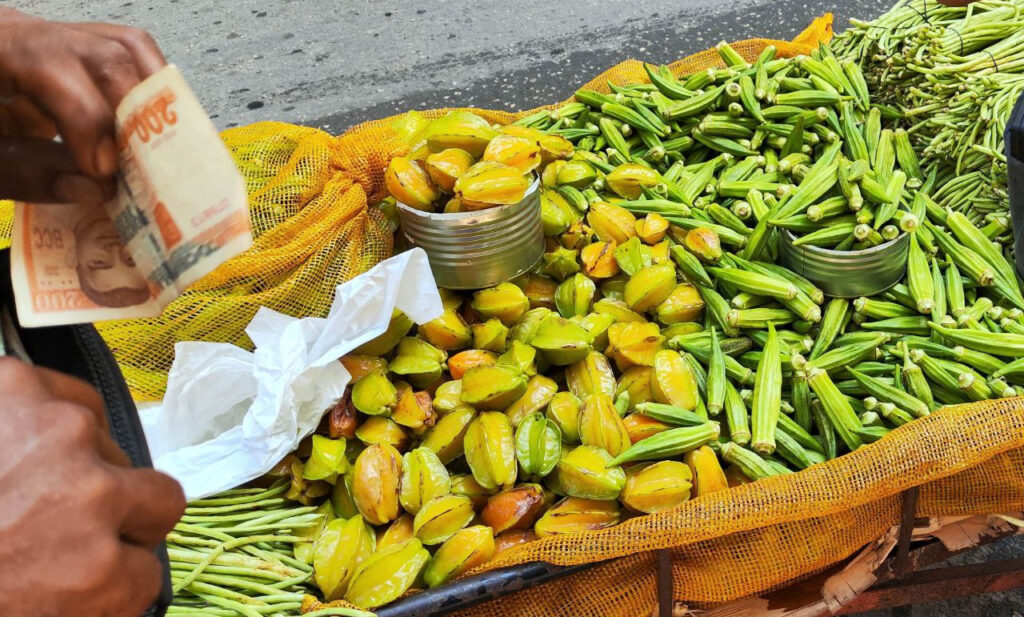The food that once produced a catchy chorus of traditional music is hardly consumed among young Cubans

14ymedio, Natalia López Moya, Havana, 22 September 2024 — Preparing a dish of quimbombó (okra) is one of those popular pieces of wisdom that has been lost with decades of mass migrations, State agricultural plans and a very limited basket for the rationed market. Younger Cubans barely know how to cook this fiber-rich food, which also has little favor among children and that one day slipped forever into a catchy chorus of traditional music.
“Quimbombó que resbala pá la yuca seca” [“okra that slides together with dry yucca”] is the song that, among others, was popularized by the Chappottín Ensemble and that has become an inescapable theme with the wiggling of hips and a lot of alcohol. But beyond the festivities, the fruit, which is used in kitchens as a vegetable, has not escaped the Island’s inflation that raised traditional recipes to the level of gourmet food, suitable for very few pockets.
In September of last year, a pound of okra cost 100 pesos in the market at 19th and B, in El Vedado. Twelve months later the food is quoted there at 150 after experiencing an increase at the beginning of 2024 that took it to 200. But those oscillations do not give the measure of how unattainable it has become for many families, because the other ingredients needed for cooking it have skyrocketed even more: meat, spices, garlic, onion and tomato, among others.

“The first thing you have to do is get rid of the slime,” explains Zenaida, a retiree from Central Havana who declares herself “frustrated” because she can only enjoy it by herself at home. “My grandchildren don’t like it. My daughter says it disgusts her, and everyone prefers to eat the picadillo that the butcher sells, even though no one knows what’s in it,” she


